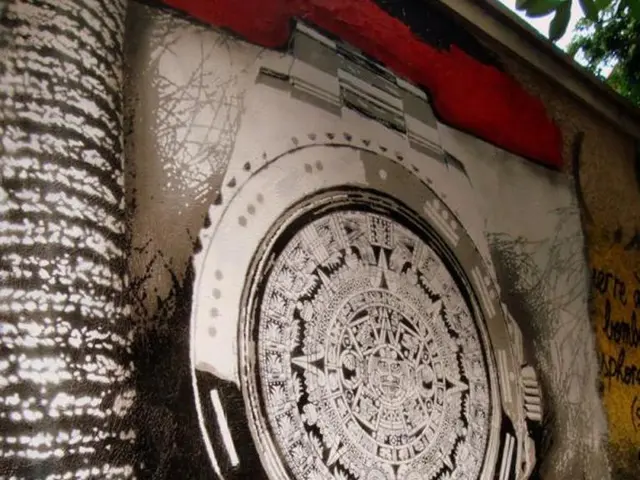Data Centres: Safeguarding Data-at-Rest with Self-Encrypting Drives
Data centre security is paramount, with companies' data being a top asset. Each storage infrastructure point presents unique threats, requiring robust methodologies. Protecting data-at-rest is crucial, as hard drives can leave data centres and be compromised.
Data centres face threats from data-in-flight, data-at-rest, authentication, key management, and end-to-end-data integrity. Self-encrypting drives safeguard data by preventing attackers from reading ciphertext. Many nations mandate hard drive loss or theft disclosure, which can be costly and damaging to reputation.
Hard drives leaving data centres remain readable, even when failed. Professional disposal services, like JuRec-IT Remarketing GmbH, ROHPROG GmbH, MAMMUT Deutschland GmbH & Co. KG, and Becker & SDR GmbH, offer secure destruction. However, a single stolen or lost drive can compromise security. A comprehensive security plan must protect data throughout the storage ecosystem.
The best defence against data-at-rest threats is standardized self-encrypting hard drives, which automatically encrypt all written data. By implementing this and other robust security measures, data centres can better protect their valuable assets.
Read also:
- U.S. Spy Satellites Face Growing Cyber Threats, NRO Warns
- China's Automotive Landscape: Toyota's Innovative Strategy in Self-Driving Vehicles
- Strengthening Defense Against Combined Cyber Threats during the Age of Technological Autocracy
- Nissan Fortifies Supply Chain and Cybersecurity with KPMG, PwC Partnerships







